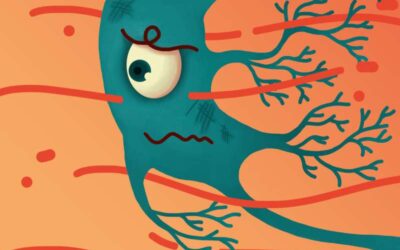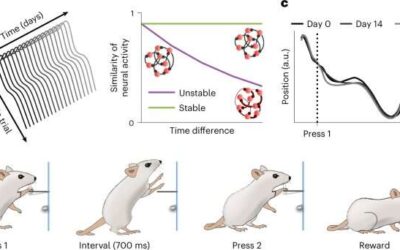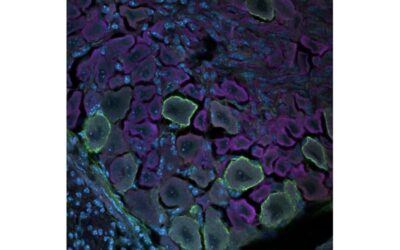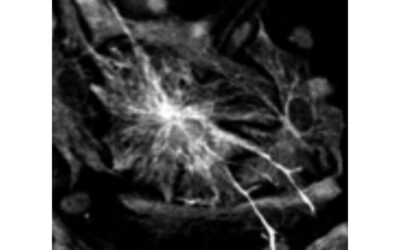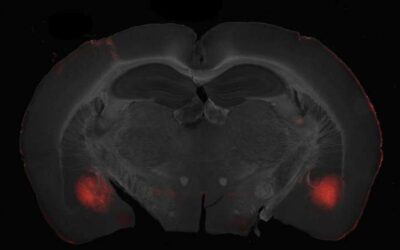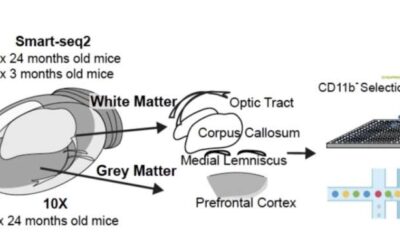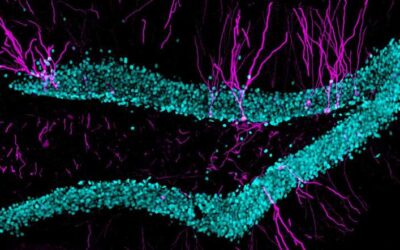Feelings of pain and discomfort are crucial to the survival and evolution of animals, as they help to detect injuries or existential threats and pinpoint their location in the body. Pain signals are produced by nociceptors, sensory neurons that respond to damage to...
Neuroscience
Study on rodents shows that the activity of single motor neurons is stable over time
While many studies have investigated the underpinnings of the mammalian motor system (i.e., the collection of neural networks that allow mammals to move in specific ways), some questions remain unanswered. One of these questions relates to the ways in which recurring...
Study explores how emotions elicited by chewing gum affect cortical activity
Some neuroscience studies suggest that distinct human emotional states are associated with greater activity in different regions of the brain. For instance, while some parts of the brain have been associated with all emotional responses, the hypothalamus has often...
Using single-cell mass cytometry to explore the somatosensory system’s development
Humans perceive tactile information, including pressure, pain, itch, temperature, vibration and movements, thanks to an intricate network of neurons situated in the brain and spinal cord. This network, referred to as the somatosensory system, is now known to be...
Using CRISPR-interference and single-cell transcriptomics to systematically examine inflammatory reactive states
Astrocytes or astroglia, the largest glial cell population in the central nervous system (CNS), perform numerous vital functions. Among other things, these glial cells (i.e., cells supporting functions of the nervous system) are involved in regulating the flow of...
Study identifies neural connections that regulate prosocial and selfish behavior in mice
Humans and animals can exhibit a wide variety of behaviors when interacting with their peers. These include both prosocial behaviors, voluntary actions aimed at supporting or helping others, and selfish or opportunistic behaviors, which prioritize one's own needs or...
Study shows that adaptive immune responses can cause cellular loss in the aging brain
Past neuroscience studies have consistently demonstrated that the aging of the mammalian nervous system is liked with a decline in the volume and functioning of white matter, nerve fibers found in deep brain tissues. Although this is now a well-established finding,...
Adult-born dentate granule cells support the activity of hippocampal cell populations
The dentate gyrus (DG) is a region of the mammalian brain known to support the encoding of new memories. This brain region is part of the hippocampal formation, a set of brain regions involved in vital memory functions.
Exploring the role of social contexts on neural processes underpinning alcohol consumption
The abuse of alcoholic beverages can increase the risk of numerous serious mental and physical health problems, including addiction, liver diseases, heart disease, strokes, and cancer. Identifying cues and contexts that promote alcohol consumption, as well as the...
Motor units in the spinal cord might be far more flexible than we thought
When humans and other mammals perform voluntary movements, a series of neural processes take place. The cerebral cortex, the outer region of the brain, sends signals to motor units (i.e., neurons) in the spinal cord, which in turn activate individual muscles.

